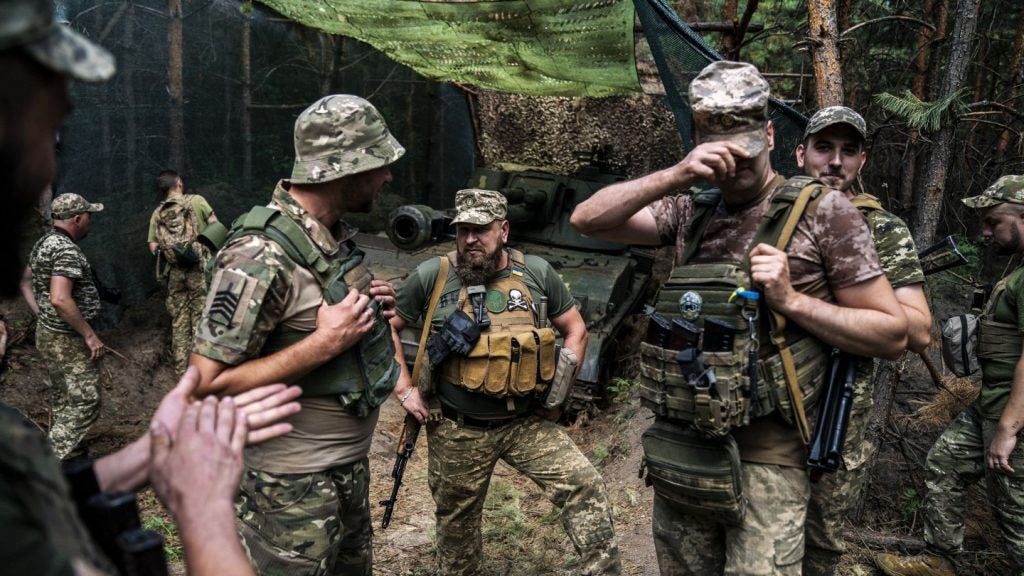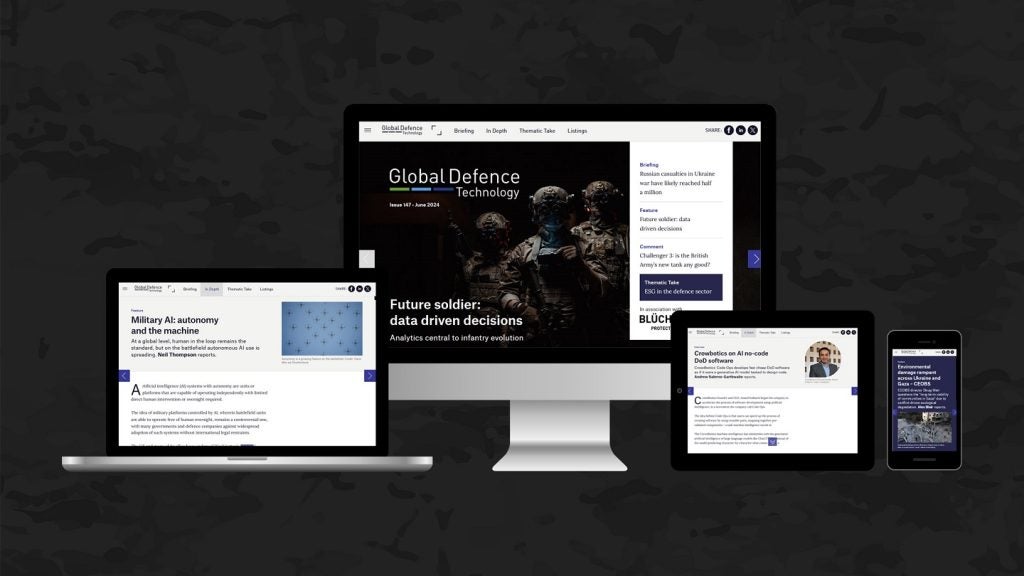The US Naval Air Systems Command (NAVAIR) has contracted Perspecta’s innovative applied research arm to mature and enhance the 1553 Bus Defender solution.
Perspecta Labs will work on the solution to prepare it for operational testing in weapons and airborne systems.
According to the company, the solution is currently at technology readiness level six. Bus Defender is being developed to safeguard airborne platforms carrying the MIL-STD-1553 data bus from cyberattacks.
The solution is designed to identify and thwart cyberattacks while preventing further threats from occurring. It will also ensure the bus transmission works properly.
Perspecta Labs president Petros Mouchtaris said: “At Perspecta Labs, we consider it a great privilege to put our innovation and applied research to work to protect our warfighters and their missions.
“We are excited to continue the technology transition and maturation efforts of our Bus Defender solutions so warfighters can have improved situational awareness to more safely carry out their missions in the face of increasing cyberattacks.”
How well do you really know your competitors?
Access the most comprehensive Company Profiles on the market, powered by GlobalData. Save hours of research. Gain competitive edge.

Thank you!
Your download email will arrive shortly
Not ready to buy yet? Download a free sample
We are confident about the unique quality of our Company Profiles. However, we want you to make the most beneficial decision for your business, so we offer a free sample that you can download by submitting the below form
By GlobalDataThe contract will involve developing Bus Defender’s small form factor version prototype. The version will feature low size, weight and power.
The company will also work on improving diagnostics and will assist its incorporation into the workflow.
The contract has a total value of $1.0m with a base period of one year.
Perspecta also noted that its Bus Defender has been successfully tested in the US Department of Defense (DoD) system integration labs.
Work on the solution was sponsored by the Defense Advanced Research Projects Agency (DARPA), the Air Force Research Laboratory (AFRL), and NAVAIR.






